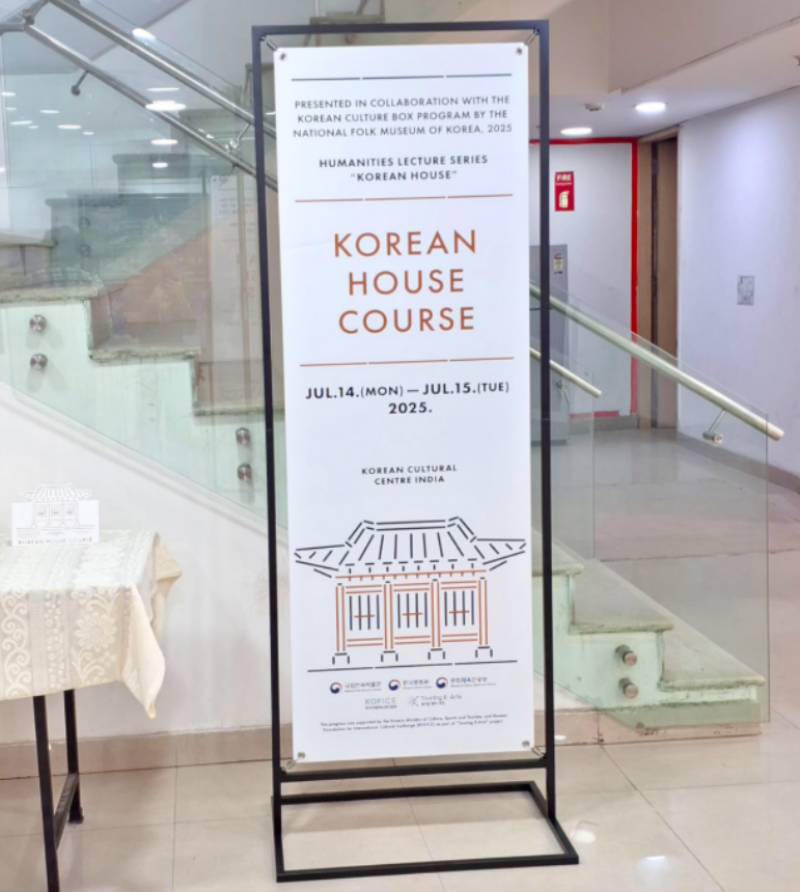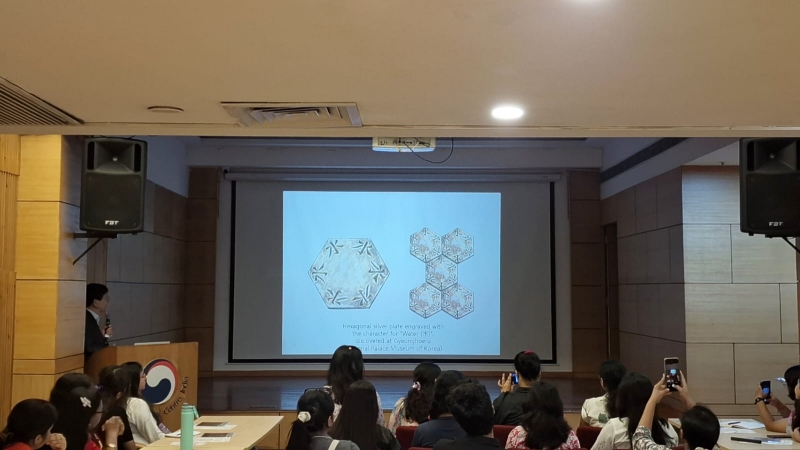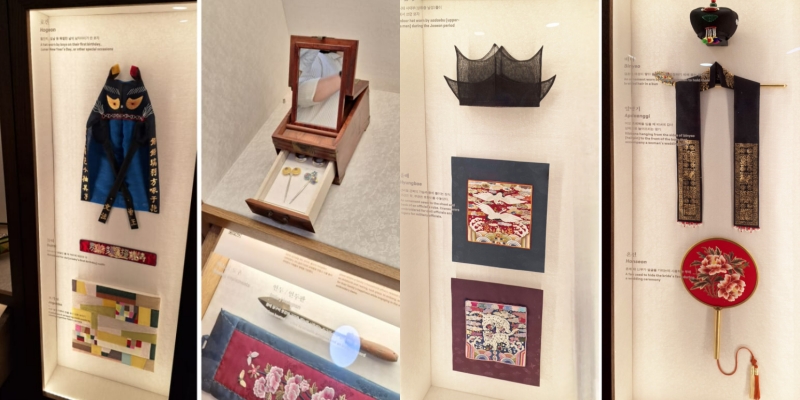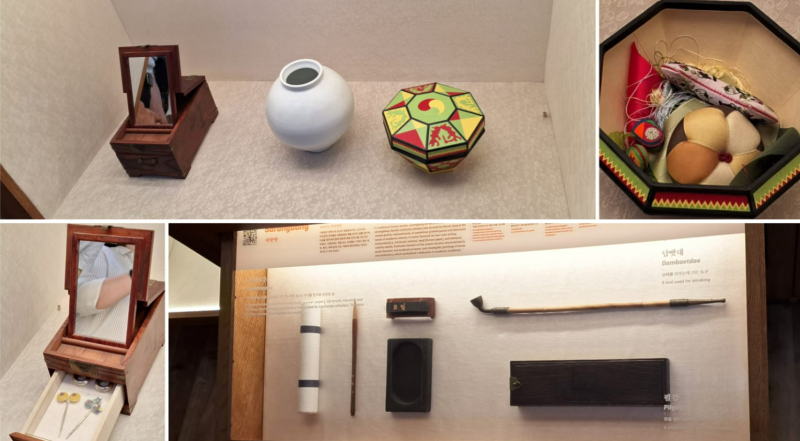- 한국어
- English
- 日本語
- 中文
- العربية
- Español
- Français
- Deutsch
- Pусский
- Tiếng Việt
- Indonesian
By Honorary Reporter Anjali from India
Photos = Anjali
The Korean Cultural Centre (KCC) in India from July 14-15 hosted a lecture on Hanok (traditional home) as part of its humanities lecture series. I attended the event on July 14 and learned how Hanok embodies the values of harmony, respect and family.

Official poster of Korean House Course at KCC in India
Led by an expert, the course covered things like Hanok's elegant design, eco-friendly construction and cultural significance. Using elements like protective paper to tiger bone ornaments, such homes were designed to protect a family and ward off negative energy.
Listening to these stories made me realize that Hanok embodies well-being as well as providing physical shelter, a concept that remains relevant to this day.
I found ondol (heated floor) an ingenious innovation to warm homes long before modern heating and something that still influences modern apartment design.
The speaker also described the strict gender roles reflected in a Hanok interior. Women's quarters were off limits to men, yet intimacy and human connection still occurred as husbands sometimes quietly visited their wives in the room. It reminded me of how homes are not only governed by rules but also by relationships, memories and warmth.

Presentation of Hanok's history and traditions
The exhibits of traditional wedding items gave me a deeper appreciation of symbolism being woven into every ritual. The bride's traditional accessories like the jokduri (women's headpiece), binyeo (hairpin), apdaenggi (ribbons) and honseon (circular fan) represented prayers for modesty, harmony and fertility as seen in their embroidered pomegranate patterns.
The groom's hyeongbae (embroidered insignia) signified his rank and role and often depicted cranes or tigers.

The Korean House Course showcased Hanok traditions through wedding attire, household items and ceremonial clothing.
The museum provided a glimpse into household items like vanity boxes, sewing tools and porcelain vases. Children's clothing for traditional rituals like the blue hogeon (hat) and jogakbo (patchwork) showed how even youth were adorned with blessings and protection.
The scholar's desk, brushes and ink stone were also a testament to Korea's longstanding reverence for education, a value that endures today.

Accessories like a vanity box, vase, sewing tools and scholar's desk reflect daily life and reverence for learning.
What made the experience unforgettable was the hands-on activity of assembling a miniature Hanok. As I pieced together the wooden parts, I felt a connection to the care and thoughtfulness that went into building a real Hanok and reflected on the deeper meaning of home and how spaces can represent the values of inhabitants.
This event was more than a cultural lesson for me. I recognized striking parallels between Korean and Indian tradition: respect for family, protection of loved ones, modesty and education. This highlighted how cultural heritage can bring people closer together and help mutual understanding.
msjeon22@korea.kr
*This article is written by a Korea.net Honorary Reporter. Our group of Honorary Reporters are from all around the world, and they share with Korea.net their love and passion for all things Korean.